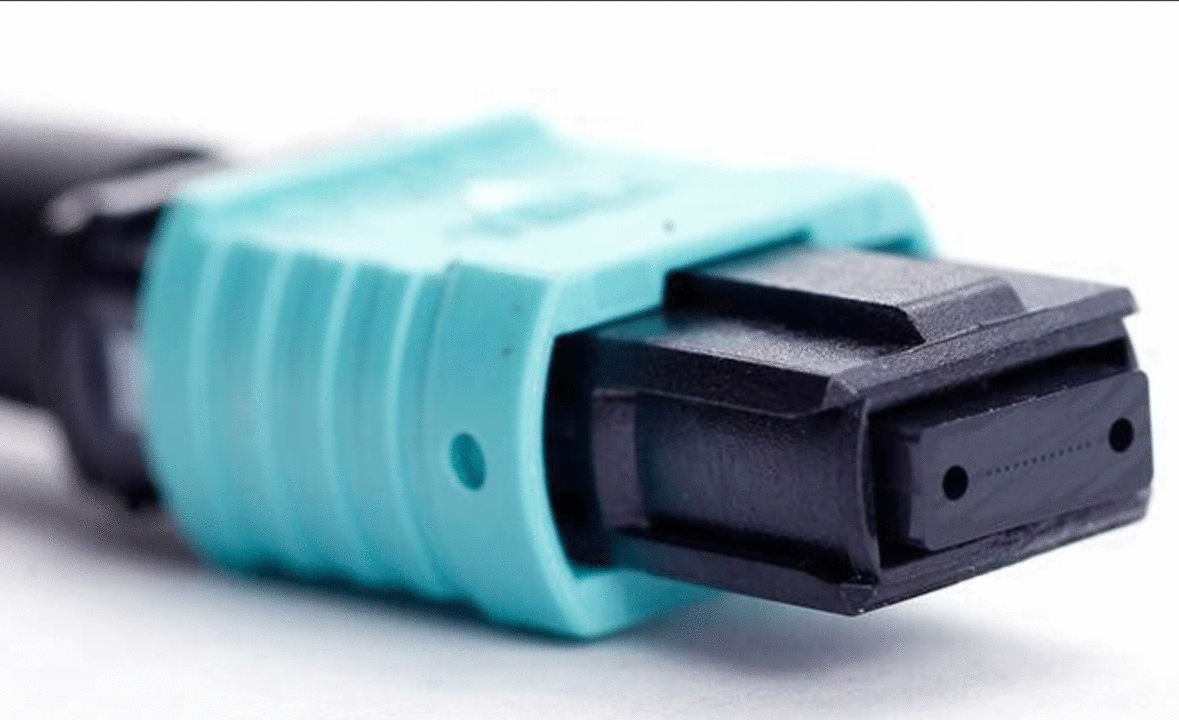MPO connectors, short for Multi-Fiber Push-On connectors, are essential components in modern optical fiber communication systems. They are designed to connect multiple optical fibers, enabling high-density connections with minimal footprint.
This technology is vital in various industries, particularly in telecommunications and data centers, where the demand for high-speed data transmission continues to grow. In this article, we will explore what MPO connectors are, their design and functionality, and the common applications where they are most beneficial.
Understanding MPO Connectors
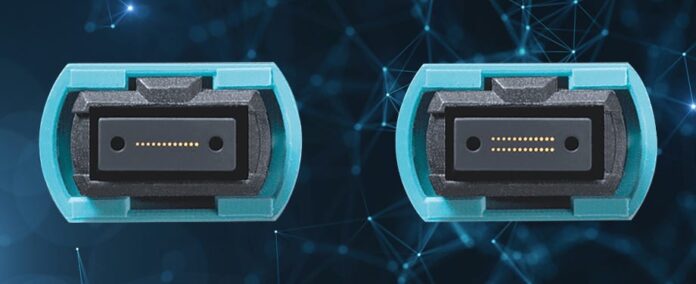
MPO connectors are specialized connectors that can house multiple optical fibers within a single ferrule. Typically, they can accommodate 12 or 24 fibers, but variations exist that can hold more. The ability to connect multiple fibers simultaneously makes these a key component in high-density networking environments.
The design of an MPO connector includes a rectangular ferrule that holds the fibers in a precise arrangement. This ferrule is surrounded by a housing that ensures alignment and protection. The MPO connector uses a push-pull mechanism, allowing for quick and reliable connections. The alignment of fibers within the connector is critical to ensure minimal signal loss and optimal performance.
Design and Construction
MPO connectors are designed for robustness and efficiency. The ferrule, often made of ceramic or composite materials, ensures durability and precision. The housing of the MPO connector protects the ferrule and fibers from damage while providing a means for easy handling and connection.
The alignment of fibers is achieved through guide pins within the connector housing. These pins align the fibers of one connector with those of another, ensuring that signals are transmitted with minimal loss. The push-pull mechanism of MPO connectors allows for quick connections and disconnections, making them ideal for environments where changes and upgrades are frequent.
Key Features of MPO Connectors
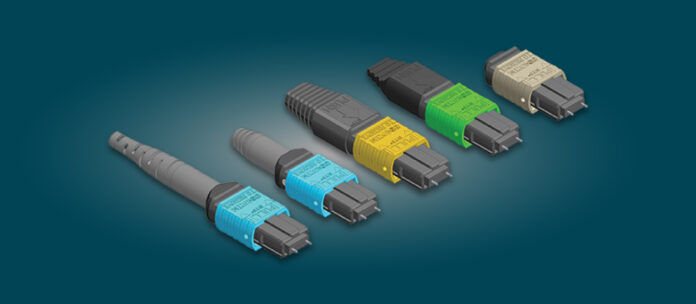
- High Fiber Density: These can accommodate multiple fibers, reducing the space required for cabling and connections.
- Quick Installation: The push-pull design allows for fast and easy installation, which is crucial in dynamic networking environments.
- Scalability: They support future upgrades by allowing more fibers to be connected as network demands increase.
- Low Insertion Loss: High-quality MPO connectors ensure minimal signal loss during connections, maintaining the integrity of data transmission.
Common Applications of MPO Connectors
MPO connectors are widely used in various applications due to their high fiber density and efficiency. Some of the most common applications include:
1. Data Centers
Data centers are perhaps the most significant users of MPO connectors. With the increasing demand for data processing and storage, data centers require high-speed, high-density connections. These allow for the efficient connection of servers, storage systems, and networking equipment, facilitating rapid data transfer and scalability.
In data centers, MPO connectors are used in backbone cabling, connecting switches, and routers. They support high-speed Ethernet protocols such as 40G and 100G, enabling data centers to handle large volumes of data with minimal latency.
2. Telecommunications
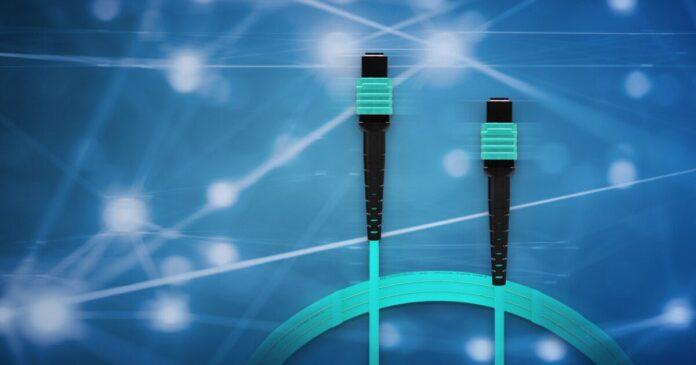
The telecommunications industry relies heavily on optical fiber connections to provide high-speed internet and communication services. MPO connectors are used in central offices, fiber distribution hubs, and other critical points within the network. They enable the quick and efficient deployment of fiber optic networks, supporting high-bandwidth services like video streaming and online gaming.
3. Enterprise Networks
Large enterprises with extensive internal networks benefit from the use of MPO connectors. These can facilitate the high-speed connection of various departments and branches, ensuring seamless communication and data exchange. MPO connectors are used in network closets, server rooms, and other critical points within the enterprise infrastructure.
4. High-Performance Computing (HPC)
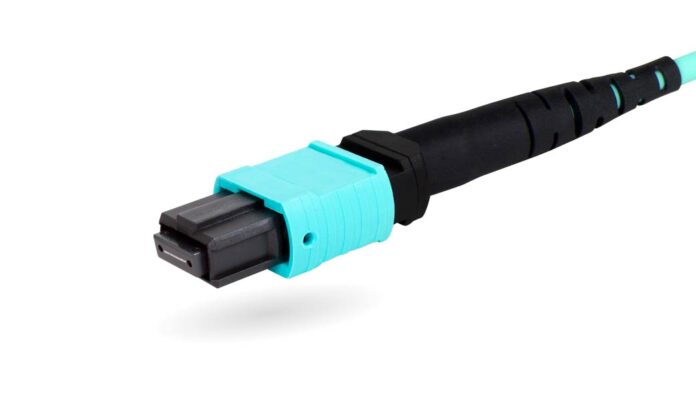
High-performance computing environments, such as research institutions and financial services, require extremely fast and reliable data connections. MPO connectors support the high bandwidth and low latency required for applications like complex simulations, big data analytics, and high-frequency trading.
5. Broadcast and Media
The broadcast and media industry requires fast and reliable data transmission for video production, editing, and broadcasting. MPO connectors are used to connect various equipment, including cameras, editing systems, and broadcast servers, ensuring high-quality video transmission with minimal delay.
Advantages of Using MPO Connectors
The use of MPO connectors offers several advantages, making them a preferred choice in various industries:
- Space Efficiency: These can reduce the physical space required for cabling, allowing for more efficient use of space in data centers and other installations.
- Cost Savings: By reducing the amount of cabling and connection points, MPO connectors can lower installation and maintenance costs.
- Future-Proofing: MPO connectors support future upgrades, enabling networks to scale up as demand increases without significant overhauls.
- Improved Performance: With low insertion loss and high reliability, MPO connectors ensure optimal performance and data integrity.
Challenges and Considerations
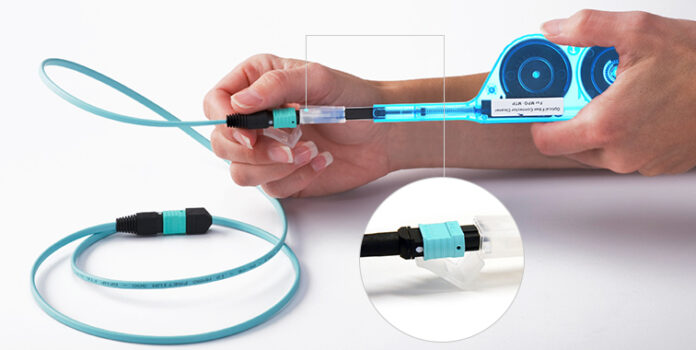
While MPO connectors offer numerous benefits, there are some challenges and considerations to keep in mind:
- Alignment Precision: Ensuring precise alignment of fibers is crucial for minimizing signal loss. High-quality connectors and careful installation are essential.
- Cleaning and Maintenance: MPO connectors require regular cleaning to maintain performance. Contaminants on the fibers can cause significant signal degradation.
- Compatibility: Ensuring compatibility between different MPO connectors and systems is important. Using standardized connectors and adhering to industry specifications can help mitigate compatibility issues.
Conclusion
MPO connectors are a cornerstone of modern optical fiber communication systems, offering high-density, efficient, and reliable connections. Their ability to connect multiple fibers in a single connector makes them indispensable in high-speed, high-bandwidth environments such as data centers, telecommunications, enterprise networks, high-performance computing, and the broadcast and media industry.
As technology continues to advance, the demand for high-speed data transmission will only increase, further solidifying the importance of MPO connectors. By understanding their design, functionality, and applications, businesses and organizations can make informed decisions about their networking infrastructure, ensuring they are well-equipped to meet current and future demands.
In summary, MPO connectors play a crucial role in modern communication systems, providing the high-density connections needed for efficient and scalable networks. Their widespread use in data centers, telecommunications, and other industries highlights their importance and versatility. As the demand for faster and more reliable data transmission grows, MPO connectors will continue to be a key component in the evolution of networking technology.

